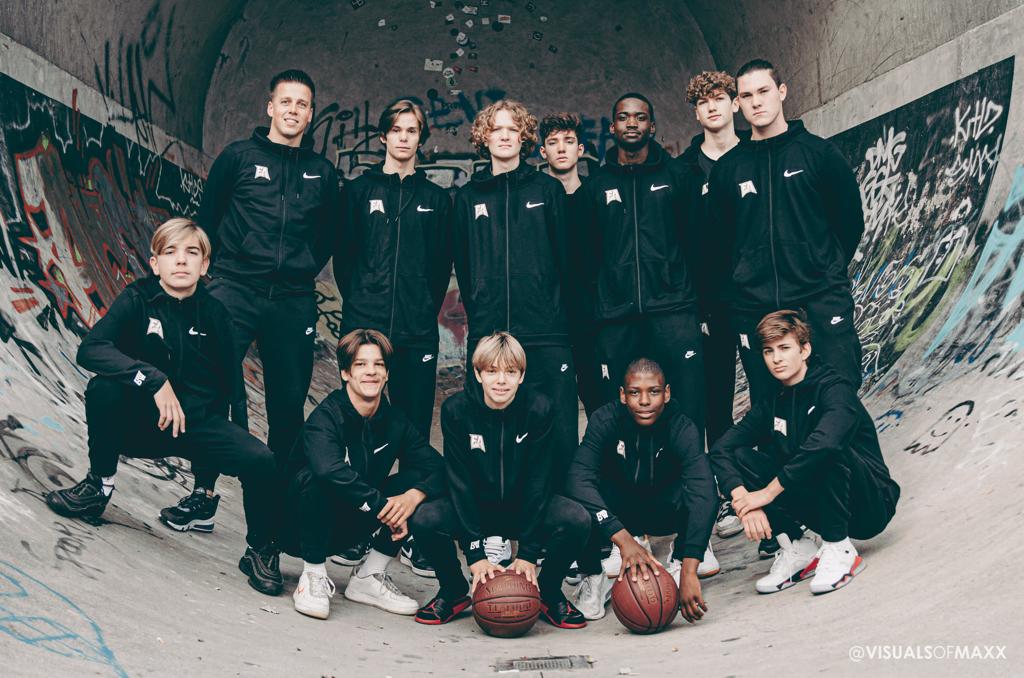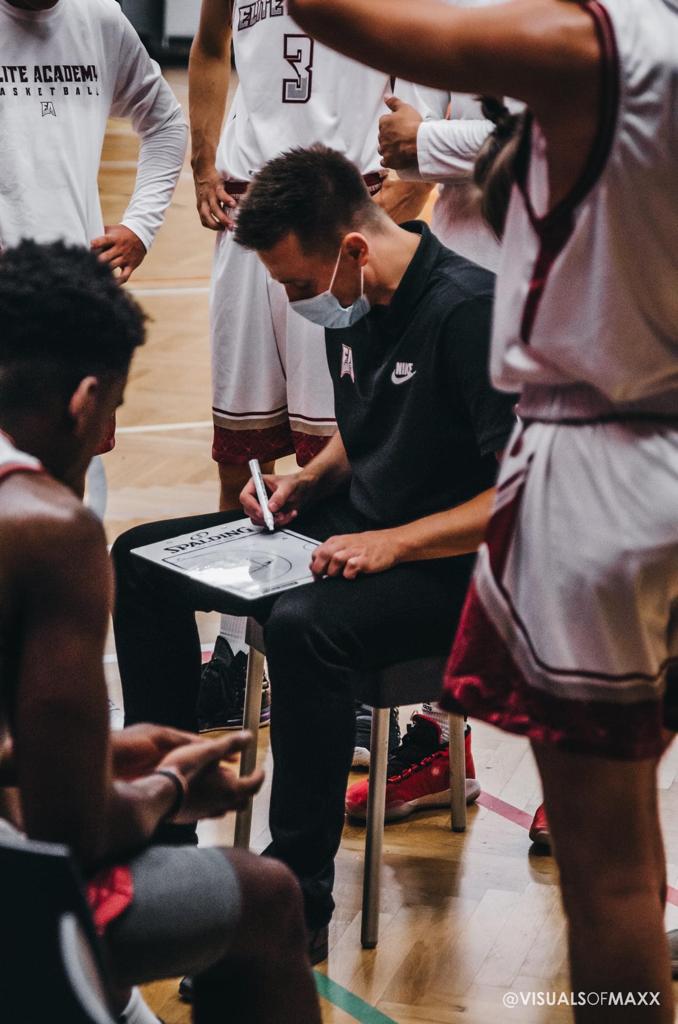

by Mike de Kraker (U17 & U21 Head Coach – Elite Academy Antwerp). He writes in this post about Coaching the Perfect Game. Transactional versus Transformational coaching.
The perfect game in the Major League Baseball (MLB) is a victory by a pitcher (or a combination of pitchers) with no batters reaching first base. This to me signifies the perfect game in coaching. The team is locked in and guided by the leaders (pitcher / catcher) to the perfect game.
How would coaching a perfect game looks like? To me this starts with the way we coach. For me the perfect game would be the coach sitting on the bench letting the team play without interfering with (verbal) commands. To reach this I will use Transactional versus Transformational coaching.
How can we make them find answers without me saying?
Mike de Kraker
Transactional is when we are focused on winning (more than developing) and it’s ‘my way or the highway’, what do we teach our players?

As coaches we might know the answers. We can make them win. But are we telling them the answers or are we letting them discover the answers? To me the latter is the way I coach.
There is a vision: How can we make them find answers without me saying. We have to make sure the environment on training resembles the actual game. If they see, experience and feel different scenarios in practice they will be able to find solutions for problems in a game.
If we believe in them and support them to make decisions without fear of punishment, we can take a seat and let them enjoy the game.
Mike de Kraker
Will there be mistakes? Absolutely! How do we react on those mistakes? Mistakes should be celebrated.
If we can inspire them by believing in them, encourage them and support them when they make mistakes, we can make them learn.
What will they learn if we punish every decision with suicides, push-ups or other punishment? Does that encourage them to make another decision which isn’t prescribed upfront? By always coloring within the lines the growth is limited.
If we believe in them and support them to make decisions without fear of punishment, we can take a seat and let them enjoy the game.
We try to keep away from being the PlayStation coach. That is a coach that controls the decisions and keeps giving them instructions from the side by telling every player to pass, dribble, shoot or cut. When faced with adversity they will look at us to come up with a solution.
Practice is to let them learn and think to make decisions. We will give feedback by asking questions. There needs to be a balance between learning and overloading their cognitive space.
When they accept feedback from us and players, they can make decisions in game. Which makes us as coaches take a seat and let them play ball.

As coaches we keep expanding our knowledge. Instead of using knowledge we already know, we want to improve every day. In our Academy we use the word: ‘Kaizen’ for it. Keep improving 1% each day instead of developing 10% over 15 days. If we can show players that we can make mistakes by learning, we can inspire them to keep developing.
Practice is to let them learn and think to make decisions. We will give feedback by asking questions.
Mike de Kraker
Even when writing this blog, I’m not sure if there ever will be possible coaching the perfect game in basketball. There are so many variables within the game we can’t control.
A phrase I use: “Give a man a fish and you feed him for a day; teach a man to fish and you feed him for a lifetime.” We must teach them how to fish instead of giving them a fish. The biggest question remains:
What would your perfect coaching game look like?
Mike de Kraker
Special thanks to Sportcoach for allowing me to write this blog. It has been tremendous to see everybody sharing and learning in these times.
Thank you Coach Mike for your post “Coaching the Perfect Game”, and we hope to see you soon!
Twitter: @Mike_de_Kraker
Artículos relacionados
by Ian MacLeod (Head Coach: Newcastle Eagles). He writes in this post about how is the transition from assistant to head
